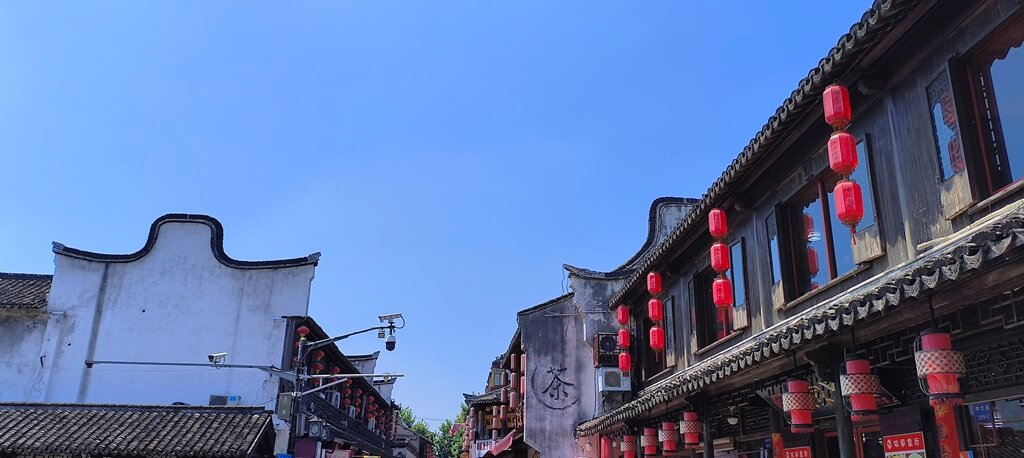Ancient Winged Seeds Reveal Secrets of Plant Evolution
Scientists have unearthed one of the earliestexamples of winged seeds, shedding light on the origins and early evolution of wind dispersal strategiesin plants. The study, published in eLife, details Alasemenia, the second-oldest known winged seed, dating back to the Late Devonian period,approximately 3.6 to 3.85 billion years ago. Using what the editors call robust mathematical analysis, the authors demonstrated that Alasemenia‘s three-winged seeds were better adapted for wind dispersal than single, double, or four-winged seeds.

The winged seed fossil Alasemenia, found in Jianchuan Village, Xinhang Town, Xuancheng City, Anhui Province. Image credit: Deming Wang
Wind dispersal of plant seeds is a natural mechanism that allows plants to spread their offspring through the air to new areas. This helps reduce competition for resources and increases the plant’s chances of survival. Examples of wind dispersal strategies includetumbleweeds, dandelion and milkweed parachutes, and winged seeds (often called helicopter seeds) like those of maple trees.
The earliest known plant seeds date back to the Late Devonian period.
This period marks a crucial milestone in plant evolutionary history as they transitioned from spore-based reproduction (like ferns and mosses) to seed-based reproduction, explains lead author Professor Deming Wang, from the Key Laboratory of Orogenic Belts and Crustal Evolution, Department of Geology, Peking University. However, little is known about wind dispersal of seeds during this period, as most fossils lack wings and are often encased in protective cupules.
Cupules are cup-shaped structures that partially enclose the seed, similar to acorns or chestnuts (though the Devonian cupules are not homologous to these modern ones), and may have been associated with other dispersal methods like water transport.
To better understand early wind dispersal mechanisms, Wang and his colleagues examined several seed fossils from the Late Devonian period, found in Jianchuan Village, Xinhang Town, Xuancheng City, Anhui Province. Among them, they discovered a new seed fossil – Alasemenia.
They first described the characteristics of Alasemenia by carefully analyzing the fossil specimens, including slicing and observing the internal structure of the seeds. Theyfound that Alasemenia seeds were approximately 25-33 mm long and notably lacked cupules, unlike most other seeds from that period.
In fact, this is one of the oldest known records of a seed without a cupule, predating previous estimates by 40 million years. Eachseed had an outer layer of seed coat that radiated outward, forming three wing-like lobes. These wings gradually tapered towards the tip and curved outward, forming broad, flat structures that helped the seed catch the wind.
The research team then compared Alasemenia with other known winged seeds from the Late Devonian period:Warstenia and Guazia. Both of these plants had seeds that…
[Continue the article by describing the features of Warstenia and Guazia, comparing them to Alasemenia, and discussing the significance of the findings for understanding plant evolution and the development of wind dispersalstrategies.]
References:
- Wang, D., et al. (2024). A three-winged seed from the Late Devonian of China reveals early adaptation to wind dispersal. eLife, 92962.
Views: 0
